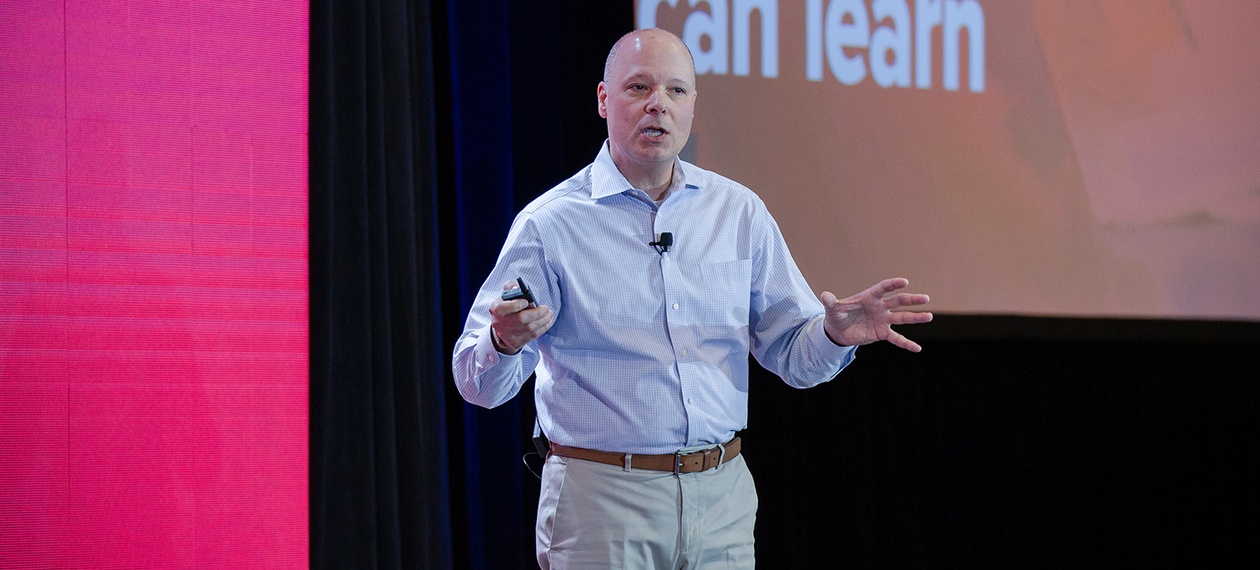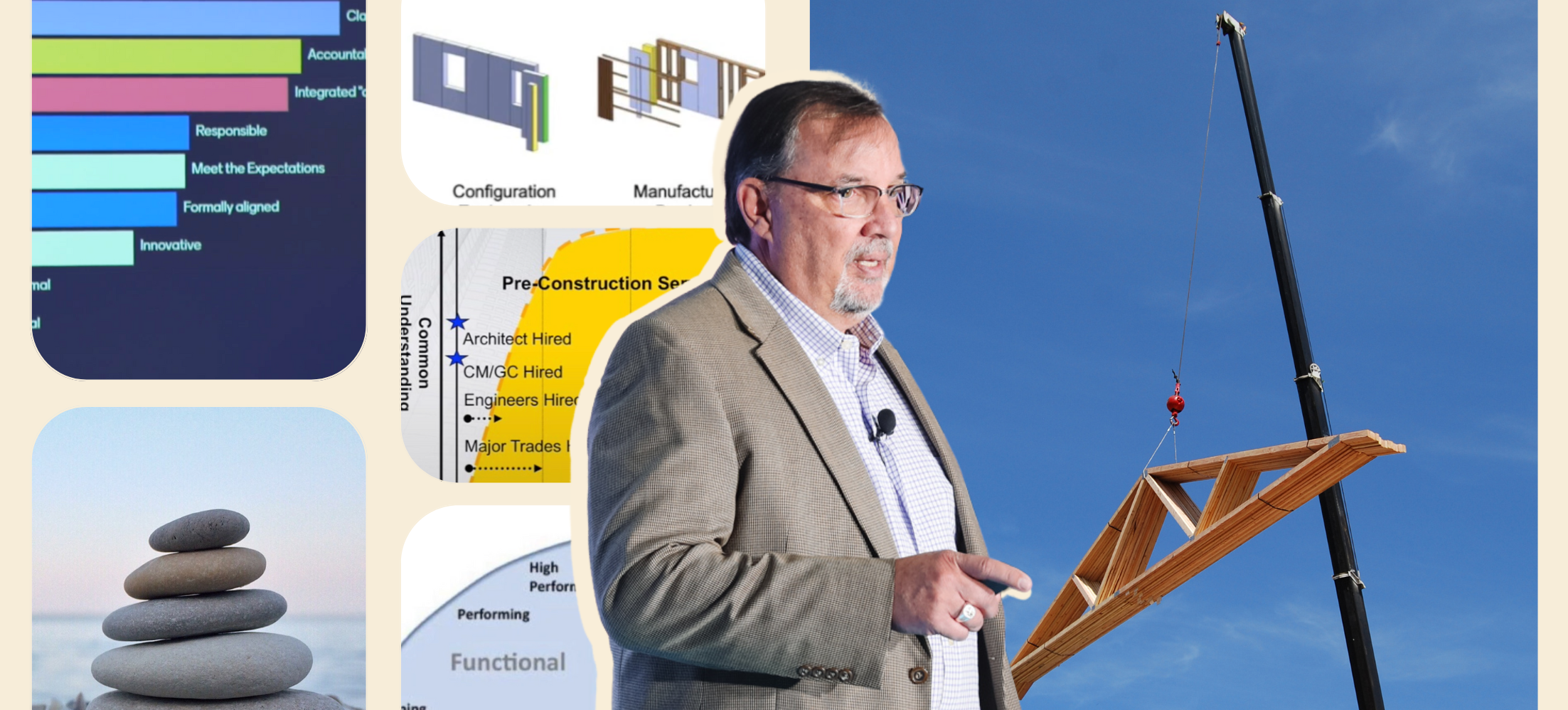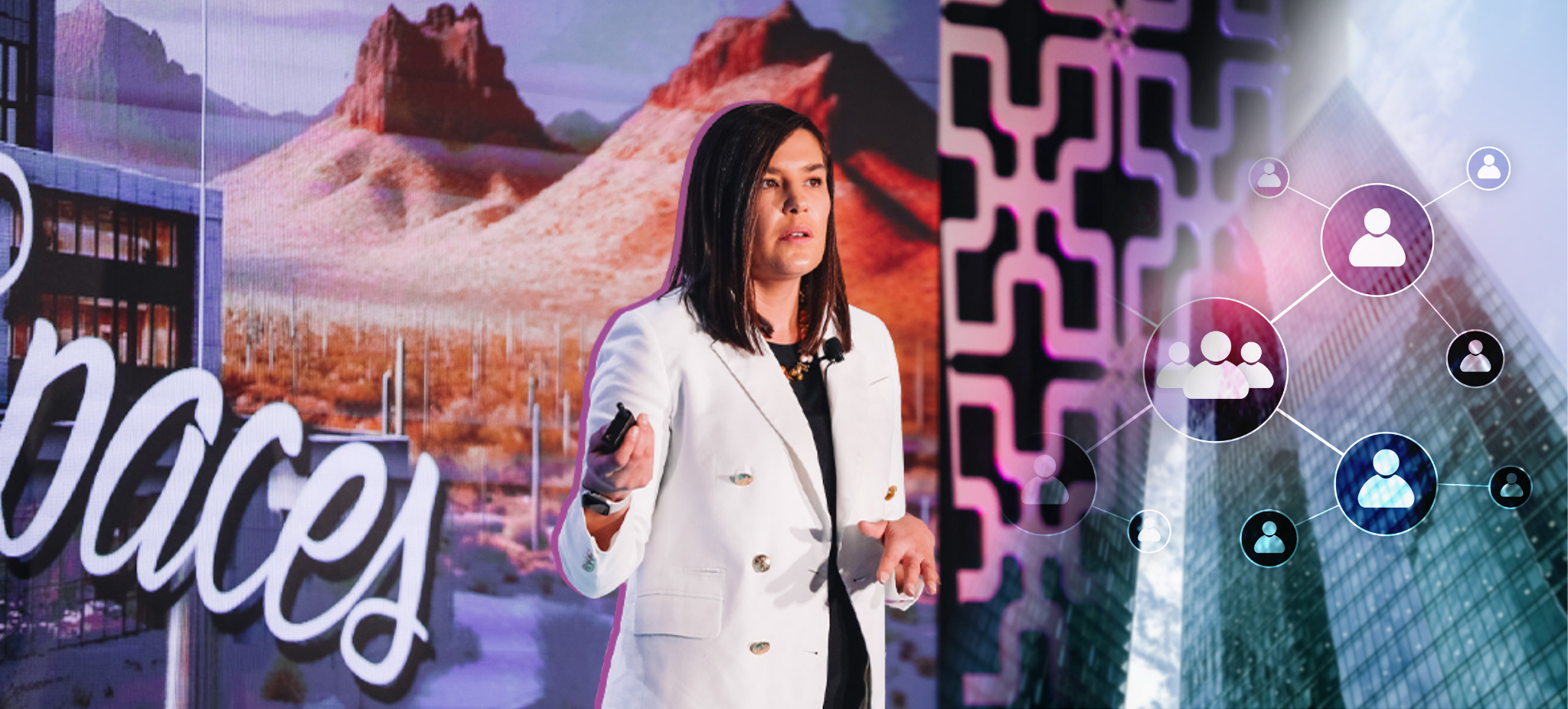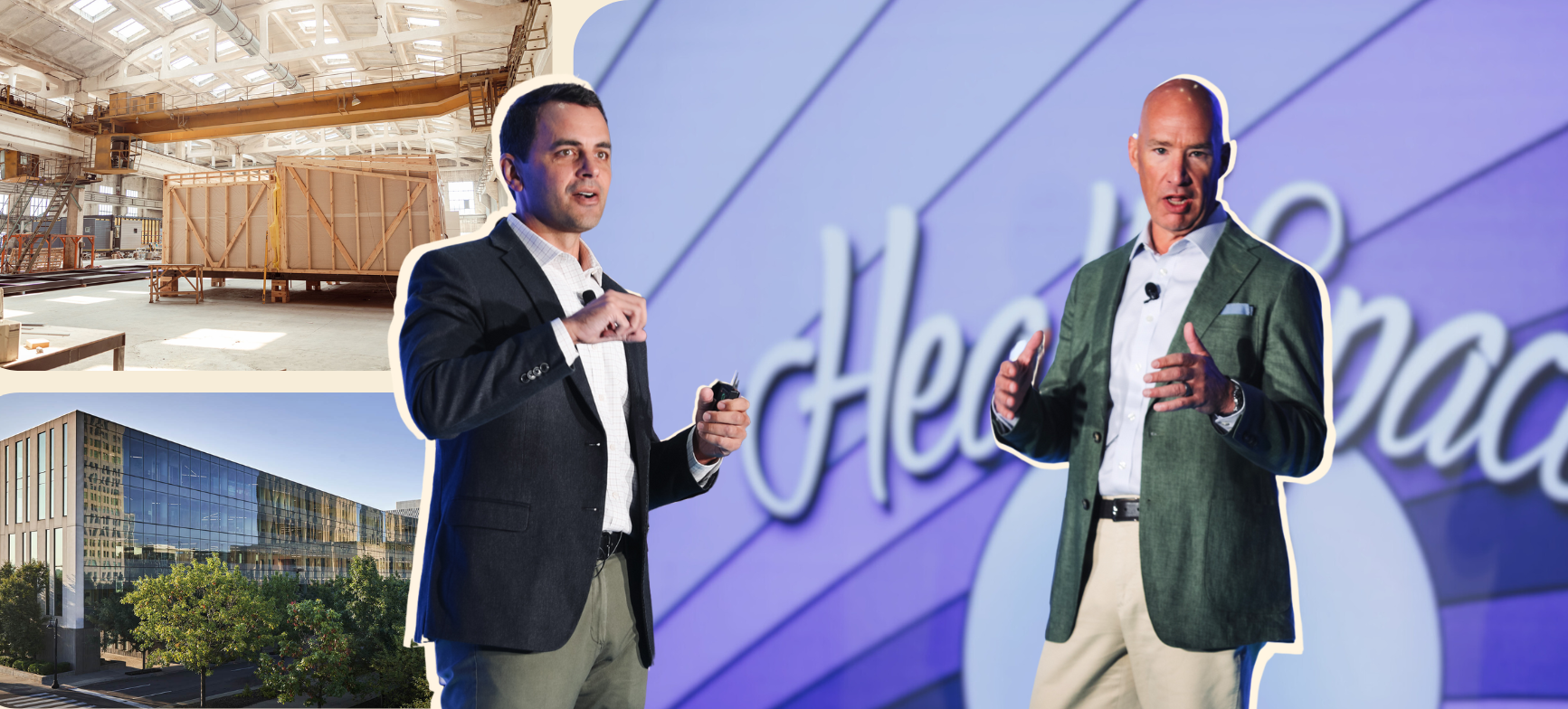Healthcare systems are increasingly looking to retail for innovative strategies. With 81% of patients unsatisfied with their healthcare experience, providers have much to gain from looking at best practices in this experience-driven, consumer-focused ecosystem.
After all, retailers are experts at providing the experience that consumers are begging for: one that’s convenient, welcoming, personalized, and transparent.
At HealthSpaces, Dan Stanek provided valuable insights into how health systems can take a cue from retail. Stanek is the Executive Vice President at WD Partners, a leading customer experience innovation firm. He sees a tremendous opportunity for healthcare providers to “think like a retailer” and enhance their value in today’s competitive marketplace.
A Dramatic Change Underway
It’s undeniable that retail and healthcare are on a collision course. In 2007, there were 351 retail clinics in operation. Today, that number has skyrocketed to over 3,000. According to McKinsey, there are a few key factors driving the “retailization of healthcare”...
- A significant move away from inpatient care
- Lower-cost, less capital intensive care delivery systems
- The increasing importance of scale
- A shift to distributed settings of care
- Rapidly rising consumer expectations and demand for convenience
“There is dramatic change underway,” Stanek said. “Retailers are aggressively stepping up and opening in-store clinics that offer convenient access to health and wellness products and services.”
Healthcare is a serious growth industry for retailers, who are increasingly offering care in different ways. Costco, for instance, offers 3D printed custom orthotics available in stores. Walmart currently has 19 care clinics in operation, but what does that mean for health systems when they add clinics to all 4,000 stores?
The Biggest Lessons From Retail
Healthcare systems may be late to the game, but they aren't exactly lying down and letting retailers steal all of their patients. The industry is moving away from the big-box monolithic hospital model and borrowing from “retail 101” (smaller, convenient locations, quality wayfinding, consistent branding).
“Consumerism is a term that healthcare is just waking up to. At a retail conference, they would laugh you off the stage. Yet health systems are just now realizing that people have choices and are starting to shop for their healthcare,” Stanek said.
Stanek also shared that retail has already gone through the challenges that healthcare currently faces, like disruptive tech, fierce competition, and changing consumer demands. Here are the 9 biggest takeaways for healthcare providers:
1- Location
Think like a retailer and prioritize convenience.
CVS is a great example: They dominate corners, and each location is carefully chosen with consumer access, parking, ingress, and egress in mind.
2- Street presence
Beckon consumers with something attractive and interesting for them to look at: make them want to come in!
Make sure consumers can see you at night.
Signature exterior elements that help distinguish you to customers.
3- Hours and access
Consumer hours, not doctor’s hours: Be open and accessible.
4- Market positioning
Retailers pick a position and carefully ensure that the entire experience revolves around that position.
Most healthcare providers offer similar services. What makes you different in that landscape?
5- Branding
Once you've picked your position, how do you consistently express that over and over again?
6- Customer experience
Retailers put consumers in control, and their spaces are inspiring and engaging, whereas the traditional medical experience means waiting in a sterile, intimidating environment.
All of the things that make retail fun and interesting (opportunities for engagement) can be brought into healthcare, especially outpatient clinics.
8- Omnichannel
Embracing tech that is useful, adds to the overall experience, and makes it easy for the customer to engage (Here’s a helpful article on what omnichannel retailing is all about).
9- Build for scale
Healthcare construction needs to be more of a kit-of-parts that can be repeated and done efficiently in multi-units.
Looking To The Future
According to Stanek, a new model is required for the future of healthcare: one that combines the best aspects of traditional retail with the best aspects of traditional care models.
“There are some things we don’t need a crystal ball for,” Stanek said. “We know that the retailization of healthcare is happening, so it’s time to stop talking about it and get serious about deploying a different strategy.”

Posted by
Collaborate with your Peers!
HealthSpaces is a community for people that plan, design, build and operate spaces where healthcare is delivered.
June 8-10, 2025 | Park City, UT
Learn More










Comments